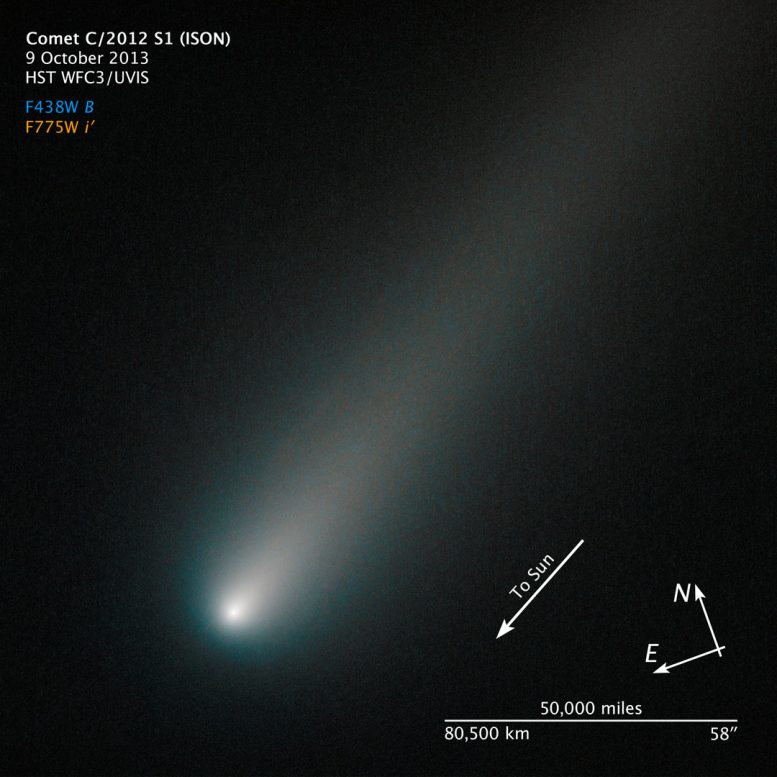
A new image of the sunward plunging Comet ISON taken by NASA’s Hubble Space Telescope on October 9, 2013, suggests that the comet is intact despite some predictions that the fragile icy nucleus might disintegrate as the Sun warms it. The comet will pass closest to the Sun on November 28. Credit: NASA, ESA, and Z. Levay (STScI/AURA)
NASA’s Hubble Space Telescope captured a new image of Comet ISON on October 9, 2013.
This new NASA/ESA Hubble Space Telescope picture shows C/2012 S1, better known as Comet ISON, a high-profile celestial visitor to the Solar System. Hubble has already snapped this comet twice this year, but for some time it was temporarily blocked from view by the Sun. It was spotted again in August 2013, and this new image shows the comet as it appeared in our skies in early October.
ISON will be brightest in our skies in late November, just before and after it hurtles past the Sun. As it gets brighter, it may even become visible as a naked-eye object, before it fades throughout December — the month of its closest approach to Earth. Depending on its fate as it passes close to the Sun, it could become spectacular or, on the contrary, it could completely disintegrate. Many observatories, as well as several ESA and NASA missions, aim to observe this icy visitor over the coming months.
In this Hubble image, taken on 9 October 2013, the comet’s solid nucleus is unresolved because it is so small. If it had broken apart — a possibility as the Sun slowly warms it up during its approach — Hubble would have likely seen evidence for multiple fragments instead.

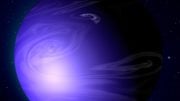
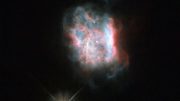
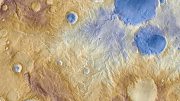
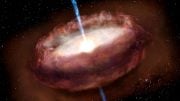

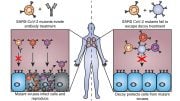
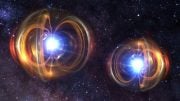
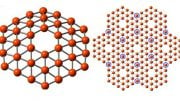
Be the first to comment on "Hubble Captures a New Image of Comet ISON"